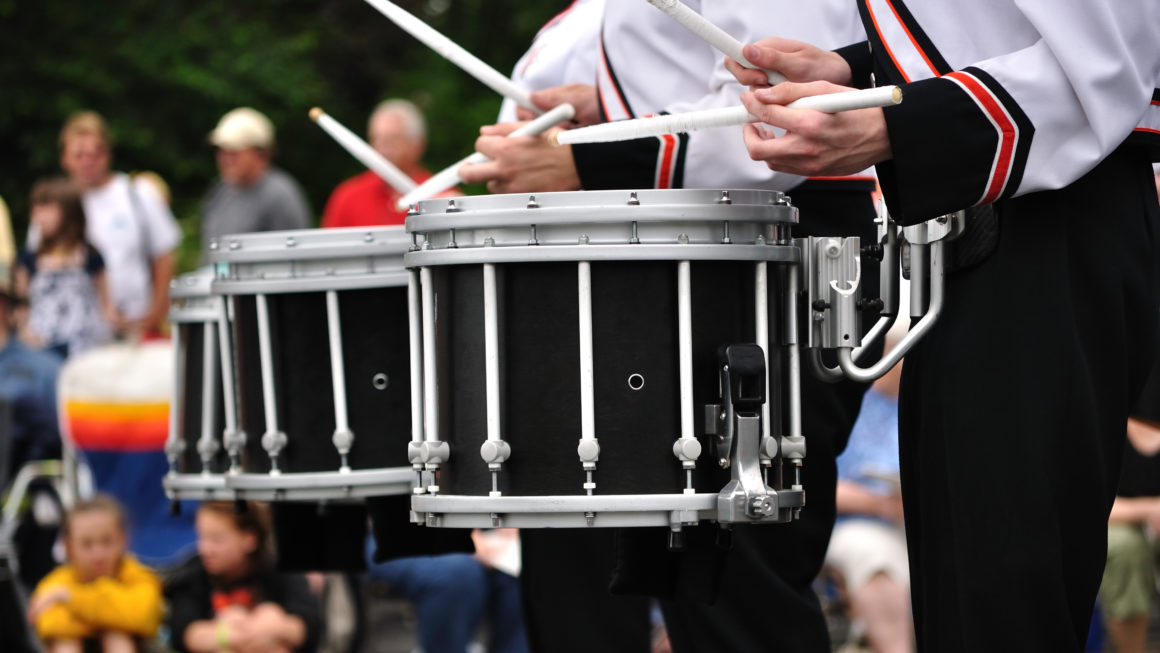
Left upper quadrant pain typically occurs in the abdomen starting from the umbilicus and continuing up to the left nipple. The organs located in this quadrant are the left kidney, spleen, left lower ribs, muscles, as well as part of the stomach, large intestines and pancreas. The heart is situated right above the quadrant.
There are a few causes that might lead to left upper quadrant pain. Except for the abdomen, it might originate from diaphragm or chest too. Oftentimes, it is difficult to localize precisely which intra-abdominal organ causes the pain. For example, people who feel pain under left breast might actually have problems with heart.
The list of possible causes of left upper quadrant pain includes:
• Stomach tumour or ulcer
• Tumour or cyst in the left lobe of the liver
• Stone, cyst or tumour in the left kidney or left ureter
• Splenic tumour
• Hepatitis
• Pancreatitis
• Herpes Zooster that affects the skin in the area of upper left abdomen
• Spleen injury
• Strained muscle in this area
• Pyelonephritis or left kidney infection
• Viral infection of the lower left ribs
• Left lung infection
• Disease affecting the adrenal gland
• tumour or inflammation of the left bowel
• Trapped wind
• Heart problems or disease
• Leaking abdominal aortic aneurysm
Apart from these problems, the left upper quadrant pain may occur as a result of some type of pathology, aneurysm or other malignancy. Be aware that if young children tell they have ‘tummy pain’, the actual cause may be outside of the left upper quadrant, such as ears. That is why their throat, ears and chest should be examined too.
In case the person has doubts for possible aortic aneurysm, both blood pressure and pulse should be checked in both arms. If the pain is experienced by a woman of childbearing age, doing urine pregnancy test should be considered, as well as bedside glucose test and urine dipstick. Examining the spleen size should be made in case of the abdominal pain. Although pelvic or rectal examination is not always done, it may be required to localize LUQ pain.
You can consider some of the following investigations, if you experience left upper quadrant pain:
• Start with blood tests; check the liver and renal function, calcium, glucose, FBC and serum beta-hCG.
• Urine culture and microscopy
• Pregnancy test
• If you suspect cardiac ischaemia, make ECG.
• X-ray could be of several types: plain abdominal X-ray, kidney-ureter-bladder film, erect and supine films, erect chest
• Pelvic and abdominal ultrasound
• Endoscopy
• MRI or CT scanning
• Diagnostic laparoscopy
The doctor is going to ask about the kind of pain you are experiencing, whether it is dull, burning or cramping. The pain can also be intermittent or continuous and typically it shows some underlying medical problem. The good news is that the causes that lead to the left upper quadrant pain are manageable and after a proper diagnosis is placed, it can be successfully treated.
Splenomegaly can be one of the problems that people face when they have left upper quadrant pain. Since the spleen plays essential role in the body, filtering the blood, it is important to take adequate actions in case of an enlarged spleen. In order to prevent rupturing the spleen, the patient should limit or stop contact sports in the process of treatment; otherwise the spleen may have to be removed. The causes of this condition might include viral, parasitic or bacterial infection, as well as cirrhosis, cystic fibrosis or red blood cell disorder.
Polycystic kidney disease could be another reason for left upper quadrant pain. This condition is described as multiple cysts formed in the kidneys. Along with the pain, there are some other symptoms that may include high blood pressure, headache, kidney stones, bloody urine and frequent urination. Some of the therapies that polycystic kidney treatment will involve are taking care of the pain, infections and high blood pressure. Hormone replacement therapy might be required and in severe cases dialysis or even a kidney transplant.
The inflammation of the pancreas or otherwise known as acute pancreatitis is associated with pancreatic swelling and is also a common cause of left upper quadrant pain. In such cases the pain usually gets worse and constant. In addition, the stools become clay-colored, the stomach swells and the eyes become yellowish. Treatment includes receiving fluids intravenously and taking some pain pills, as well as limiting the amount of fluid and food that person consumes, even draining fluid and removing gallstones when it is necessary.
If you feel left upper quadrant pain, don’t delay to contact your doctor, who will place a diagnosis and start treatment immediately, as this pain can be a sign of either benign or serious medical condition.



